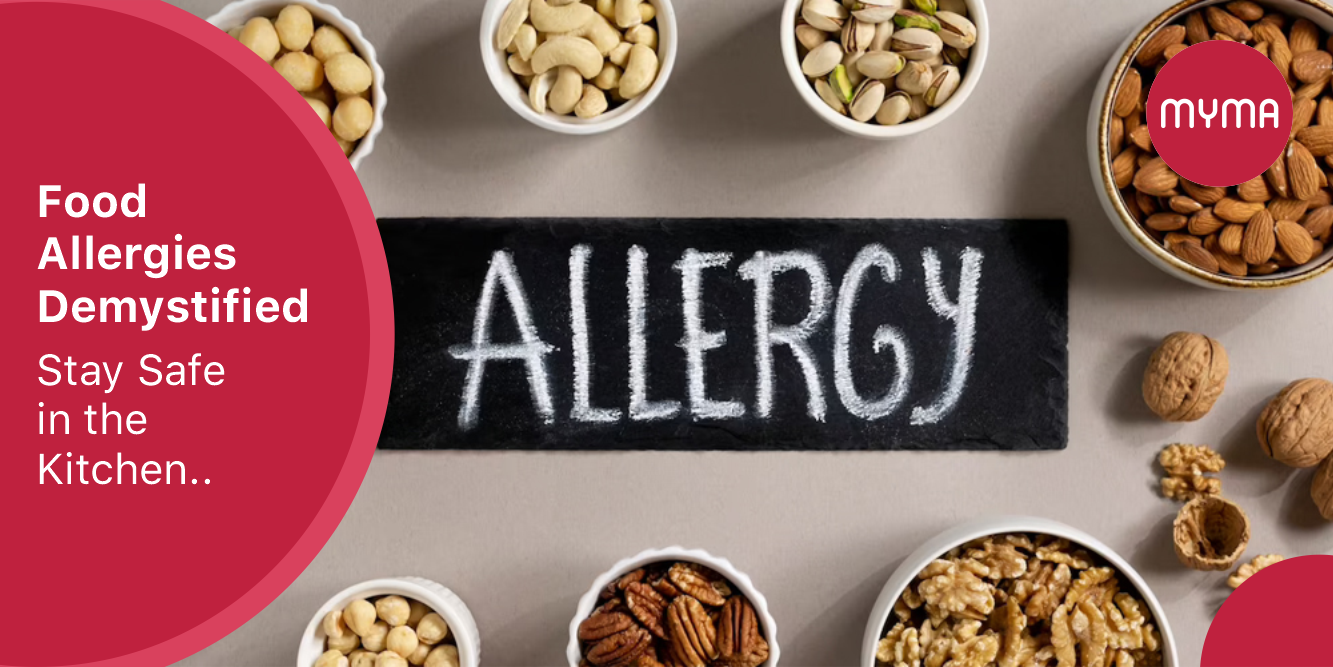Food allergies are a serious concern, and many people suffer from them. Understanding the basics of food allergies and how to avoid cross-contamination is crucial to prevent severe reactions. In this blog post, we will go through the various aspects of food allergies, including what they are, how they occur, and how to avoid cross-contamination. We will also provide tips and tricks to help people with food allergies to stay safe and enjoy their meals.
1: What Are Food Allergies?
Food allergies occur when the immune system reacts abnormally to specific proteins found in food. These reactions can range from mild to severe, and some people may even experience life-threatening reactions. Common food allergies include peanuts, tree nuts, milk, eggs, soy, wheat, fish, and shellfish. Symptoms of food allergies may include hives, itching, swelling, difficulty breathing, and even anaphylaxis.
2: How Do Food Allergies Occur?
When a person with a food allergy consumes a food that contains the allergen, the immune system identifies it as a threat and releases histamines and other chemicals to fight it off. These chemicals cause allergic symptoms, which can vary depending on the severity of the reaction.
3: How to Diagnose Food Allergies
Food allergies can be diagnosed through various methods, including skin prick tests, blood tests, and elimination diets. A skin prick test involves exposing the skin to a small amount of the allergen, while a blood test measures the amount of antibodies in the blood. An elimination diet involves removing foods that may be causing an allergic reaction and gradually reintroducing them to the diet to see if the symptoms reoccur.
4: How to Avoid Cross-Contamination
Cross-contamination occurs when allergens from one food come into contact with another food, causing an allergic reaction. To avoid cross-contamination, it is crucial to keep allergens away from other foods. This can be achieved by washing hands, utensils, and surfaces thoroughly before and after preparing food. It is also important to use separate utensils and cookware when preparing food for people with food allergies.
5: Reading Food Labels
Reading food labels is an essential part of avoiding allergens. It is important to read the ingredients list carefully and look for any allergens that may be present. Some products may also have a “may contain” statement on the label, indicating that the product may have come into contact with allergens during production.
6: Tips for Dining Out
Dining out can be challenging for people with food allergies. However, there are ways to make it safer. Before going out, it is important to research the restaurant and look at their menu online. When ordering, it is crucial to inform the waiter or chef of any food allergies and ask for recommendations on what dishes are safe to eat.
7: Coping with Food Allergies
Living with food allergies can be difficult, but there are ways to cope with them. Joining a support group can be helpful, as it allows people to connect with others who are going through similar experiences. It is also important to be prepared and carry medication, such as an EpiPen, at all times.
8: Conclusion
In conclusion, understanding food allergies and how to avoid cross-contamination is crucial to prevent severe reactions. By taking the necessary precautions, people with food allergies can safely enjoy their meals. As always, it is important to consult a healthcare professional for any questions or concerns about food allergies. Remember, it’s better to be safe than sorry, and taking precautions can make a huge difference in preventing an allergic reaction.
Myma… Ghar jaisa nahi, Ghar ka khana!





